
The WEAVER is a new deep learning inference engine that comes with Adaptive Vision Studio 4.12. He is user friendly, cares greatly about performance and reliability. This newsletter will help you to get to know him better.

1- Performance
Deep learning networks are typically created with frameworks like TensorFlow, PyTorch or Caffe. These are great environments for research. However, to achieve the highest possible performance you will also need an inference engine dedicated to your hardware platform. Our experiments have shown that relatively mature and usable choices are: TensorRT (GPU), OpenVINO (CPU), MXNET (GPU), PlaidML (GPU) and ONNX Runtime (CPU). WEAVER is a new option. He works best in machine vision applications and provides state of the art performance on both GPU and CPU.
Below you can see how WEAVER‘s performance looks like on our most popular neural network, Feature Detection (supervised pixelwise labeling, Thread Inspection official example):
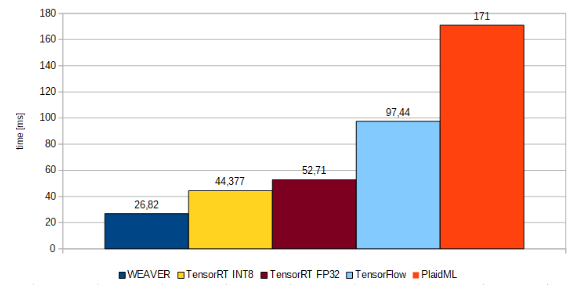
On nVidia RTX 2060, it gets even more interesting. TensorRT can go faster when numeric precision is reduced to 16 bits, while WEAVER still works with full 32-bit precision:
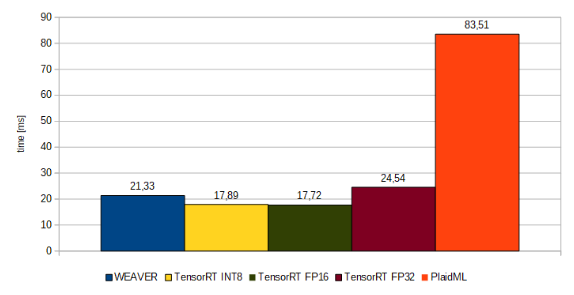
On the Intel CPU platform we compare WEAVER against OpenVINO and ONNX:
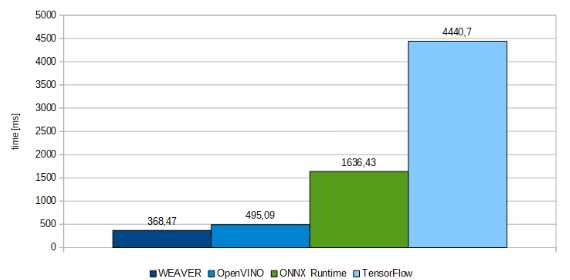
DISCLAIMER: The WEAVER inference engine was specifically optimized for neural network we use, including Feature Detection. Performance for other neural network architectures may be different.
2. Reliability
The fast pace of development in the field of deep learning is not particularly helpful in developing real-world systems. Most of our customers require long-term support and stable availability of the components they use. WEAVER solves that. He is independent of the open-source frameworks, eliminates Python code and provides long-term support for commercial projects.
3. Ease of use
Most of the other inference engines require you to do the Python programming and tweak many things. WEAVER is different. He only does two things: (1) model optimization, (2) execution. All you need to deliver is your H5 network file (Keras output). Moreover, when you create your solution with Adaptive Vision Studio, WEAVER is already employed in three ready-to-use deep learning tools: Feature Detection, Point Location and Object Classification.
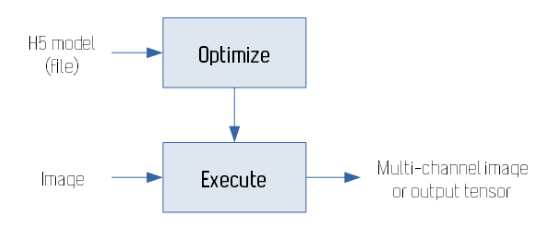
DISCLAIMER: TensorRT, OpenVINO, MXNET, PlaidML, ONNX, TensorFlow, PyTorch and Coffe are trade marks of third party companies.
Blog by: Adaptive Vision

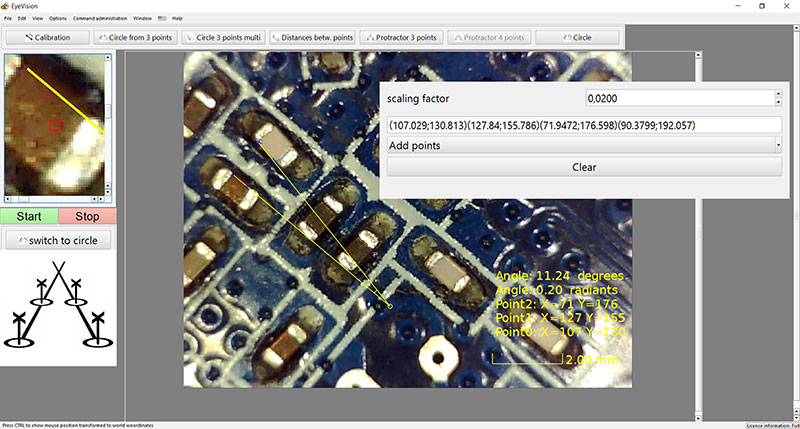
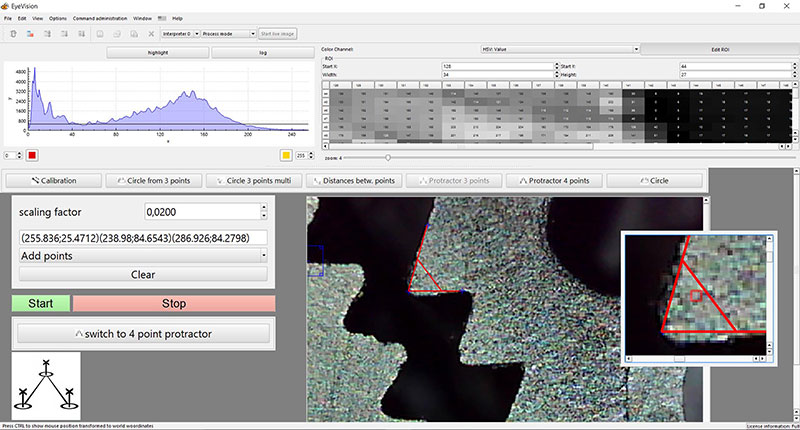
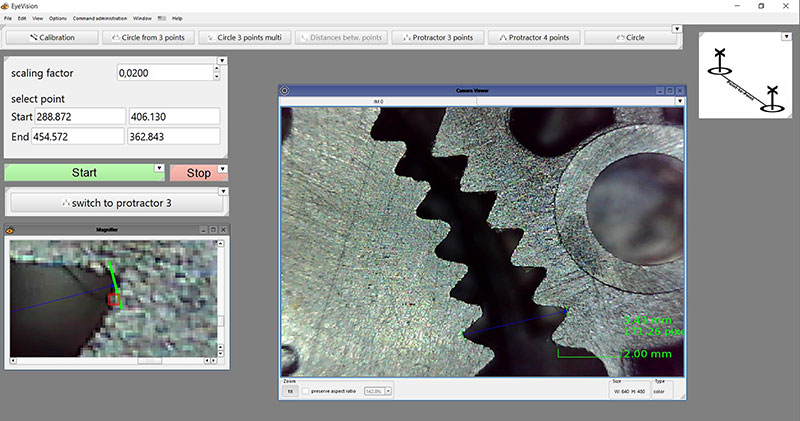
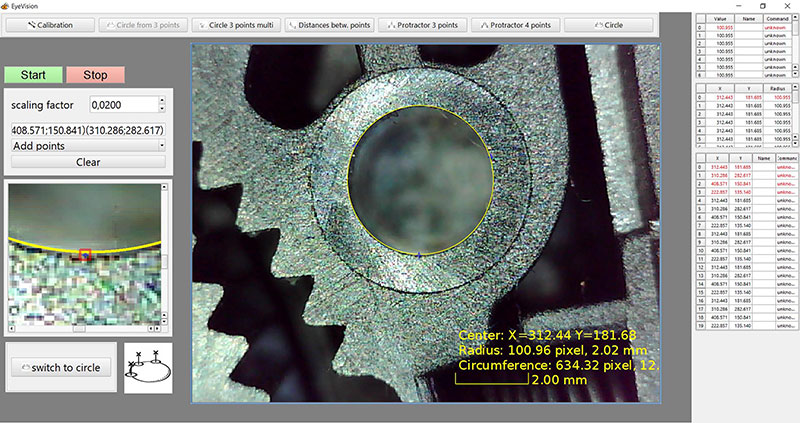

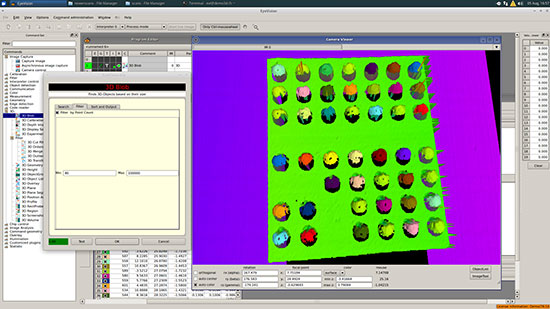
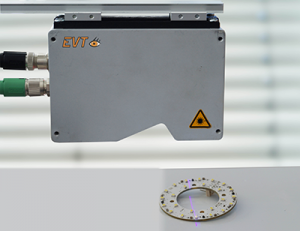 Today’s noncontact 3D scanners include one of two laser types: blue laser or red laser. Most 3D scanners, including EyeScan 3D scanners from EVT, user red laser technology. The new EyeScan AT 3D Blue, however, utilizes optically superior blue laser technology.
Today’s noncontact 3D scanners include one of two laser types: blue laser or red laser. Most 3D scanners, including EyeScan 3D scanners from EVT, user red laser technology. The new EyeScan AT 3D Blue, however, utilizes optically superior blue laser technology.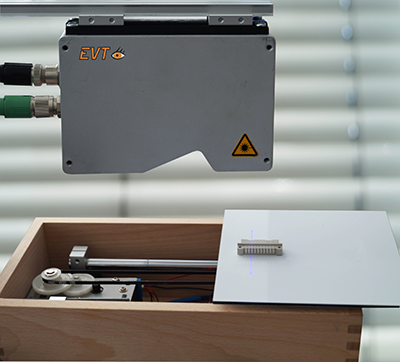
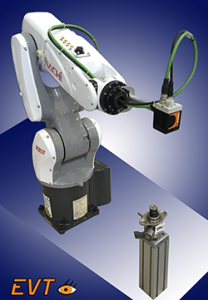 EyeCheck Smart camera series from EVT offers a combination of a camera and Eye Vision evaluation and processing software. The camera housing contains the lens (the user can chose between 6 mm, 12 mm and 25 mm lenses) and the illumination (available in different colors). The EyeCheck 1000 is available in various resolutions, from 782 x 485 pixel up to 1280 x 1024 pixel, and contains the full command set of EyeVision software.
EyeCheck Smart camera series from EVT offers a combination of a camera and Eye Vision evaluation and processing software. The camera housing contains the lens (the user can chose between 6 mm, 12 mm and 25 mm lenses) and the illumination (available in different colors). The EyeCheck 1000 is available in various resolutions, from 782 x 485 pixel up to 1280 x 1024 pixel, and contains the full command set of EyeVision software.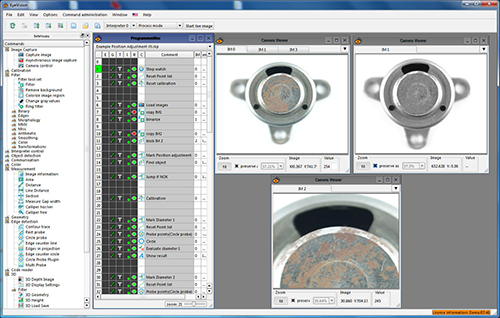
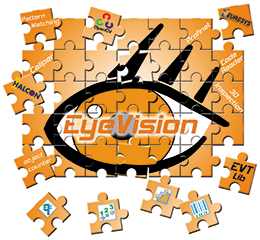 The EyeVision 3 machine vision software is more flexible than ever. With the new plugin concept, third party software such as Halcon, Open CV or the Euresys library can be integrated into the EyeVision software library.
The EyeVision 3 machine vision software is more flexible than ever. With the new plugin concept, third party software such as Halcon, Open CV or the Euresys library can be integrated into the EyeVision software library.

